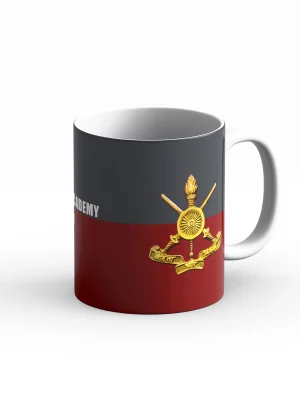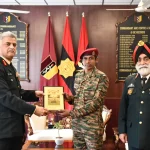In a revelation that reignites debate over U.S. foreign policy during the Cold War, former CIA counterproliferation officer Richard Barlow has claimed that Washington knowingly allowed Pakistan to advance its nuclear weapons program in the 1980s—despite intelligence confirming that Islamabad’s U.S.-supplied F-16 fighter jets were capable of delivering nuclear weapons.
In an interview with ANI, Barlow stated that “successive U.S. Presidents certified Pakistan as non-nuclear despite clear intelligence proving otherwise.” He added, “We knew all about the Pakistani nuclear weapons design, and we knew all about the F-16s… they were capable of delivering the Pakistani nuclear weapons as they existed at that time, without any doubt.”
Washington’s Strategic Blind Eye
Barlow’s disclosure sheds light on a period when political convenience outweighed nuclear non-proliferation principles. He revealed that the Reagan and Bush administrations deliberately ignored intelligence warnings to retain Pakistan’s cooperation during the Soviet–Afghan War. Under the Pressler Amendment, the U.S. President was required to certify annually that Pakistan did not possess a nuclear device to continue receiving military aid. Despite mounting evidence to the contrary, Washington continued to approve arms transfers through the 1980s.
According to Barlow, “All we could do was present the intelligence… what elected leaders chose to do after that was beyond our control.”
Independent reports, including Seymour Hersh’s 1993 investigation in The New Yorker, supported these claims, noting that U.S. satellites had detected Pakistan moving nuclear weapons to airbases housing F-16s—contradicting official certifications that Islamabad was non-nuclear.
The Brasstacks and 1990 Crises: Nuclear Tensions at Their Peak
Barlow linked these revelations to two major nuclear flashpoints in South Asia. During Operation Brasstacks (1986–87), one of India’s largest military exercises, Pakistan viewed the manoeuvres as an invasion rehearsal. He claimed that by this time, Pakistan had already assembled deployable nuclear weapons, citing statements by Dr Abdul Qadeer Khan, who publicly boasted in 1987 that Pakistan had built a bomb to deter India.
“The weapons that Pakistan was said not to possess were being mated with F-16s,” Barlow said, recalling satellite intelligence confirming the movement of nuclear-capable aircraft during the standoff.
A few years later, the 1990 nuclear crisis once again brought India and Pakistan to the brink of war. U.S. officials—recognizing the danger—sent Defence Secretary Robert Gates to de-escalate tensions. Barlow described that episode as “the most dangerous crisis since the Cuban Missile Crisis,” warning that Pakistan’s weak command-and-control systems at the time made miscalculation a grave risk.
Civilian Government Sidestepped
Barlow revealed that then Prime Minister Benazir Bhutto had little or no authority over Pakistan’s nuclear decisions, which were firmly controlled by the military leadership under General Mirza Aslam Beg and President Ghulam Ishaq Khan. This structure, he noted, created an opaque chain of command—raising fears of unauthorized use or accidental escalation.
Institutional Suppression and Retaliation
Barlow’s honesty came at a heavy price. While working for the CIA and later at the Pentagon, he said he was pressured by senior officials in both the State Department and Defence Department to downplay Pakistan’s nuclear progress. When he refused to alter his reports to align with political narratives, he was stripped of his security clearance and eventually dismissed.
He recalled being directed by Deputy Assistant Secretary of Defence Edward “Skip” Gnehm to prepare a classified assessment of Pakistan’s nuclear capability, including its F-16 deployment potential. “They wanted me to change my report, but my analysis matched the CIA’s conclusions,” Barlow said. His unyielding stance led to professional retaliation—but later, his allegations were validated by the State Department’s Inspector General, confirming systemic suppression of inconvenient intelligence.
A Cautionary Legacy
Reflecting on those years, Barlow argued that the U.S. knowingly enabled one of the most dangerous nuclear programs in South Asia, choosing short-term geopolitical gain over global security. “There were still people in the U.S. government who wanted to certify under the Pressler Amendment even after the bombs were built,” he noted. “They were panicking because they knew aid would be cut off.”
He warned that while Pakistan’s arsenal has since become more sophisticated and structured, the 1980s and early 1990s were the most precarious years in South Asia’s nuclear history—marked by secrecy, minimal oversight, and volatile command systems.
Barlow’s revelations once again raise uncomfortable questions about Washington’s dual standards on nuclear proliferation, its Cold War-era compromises, and the enduring consequences for regional stability in South Asia.













